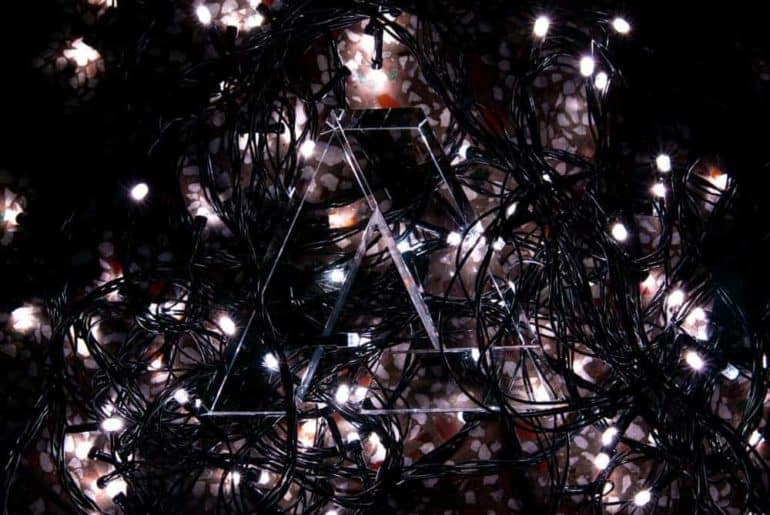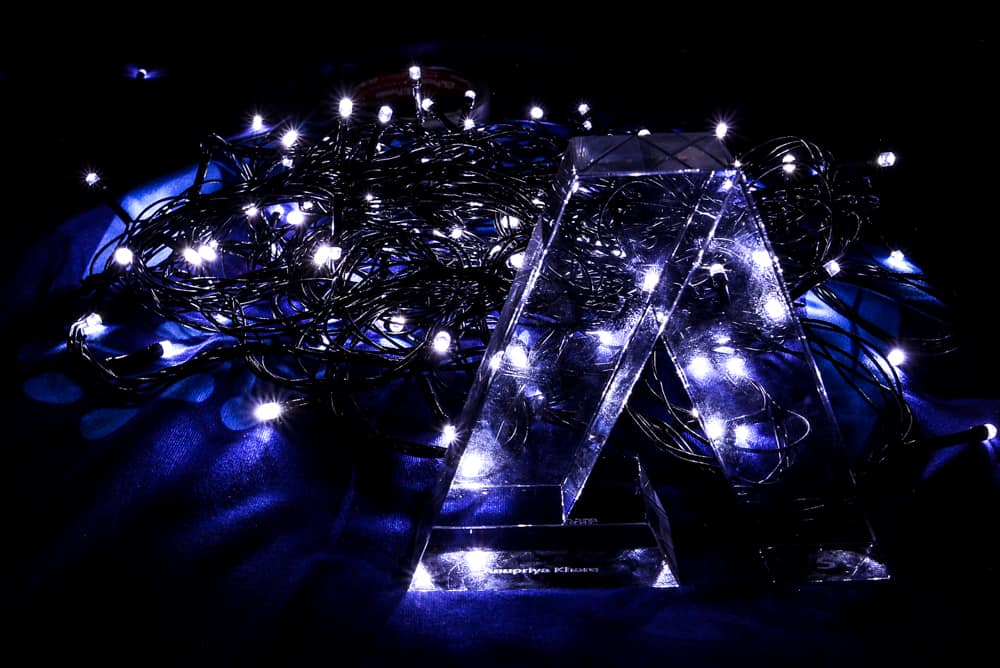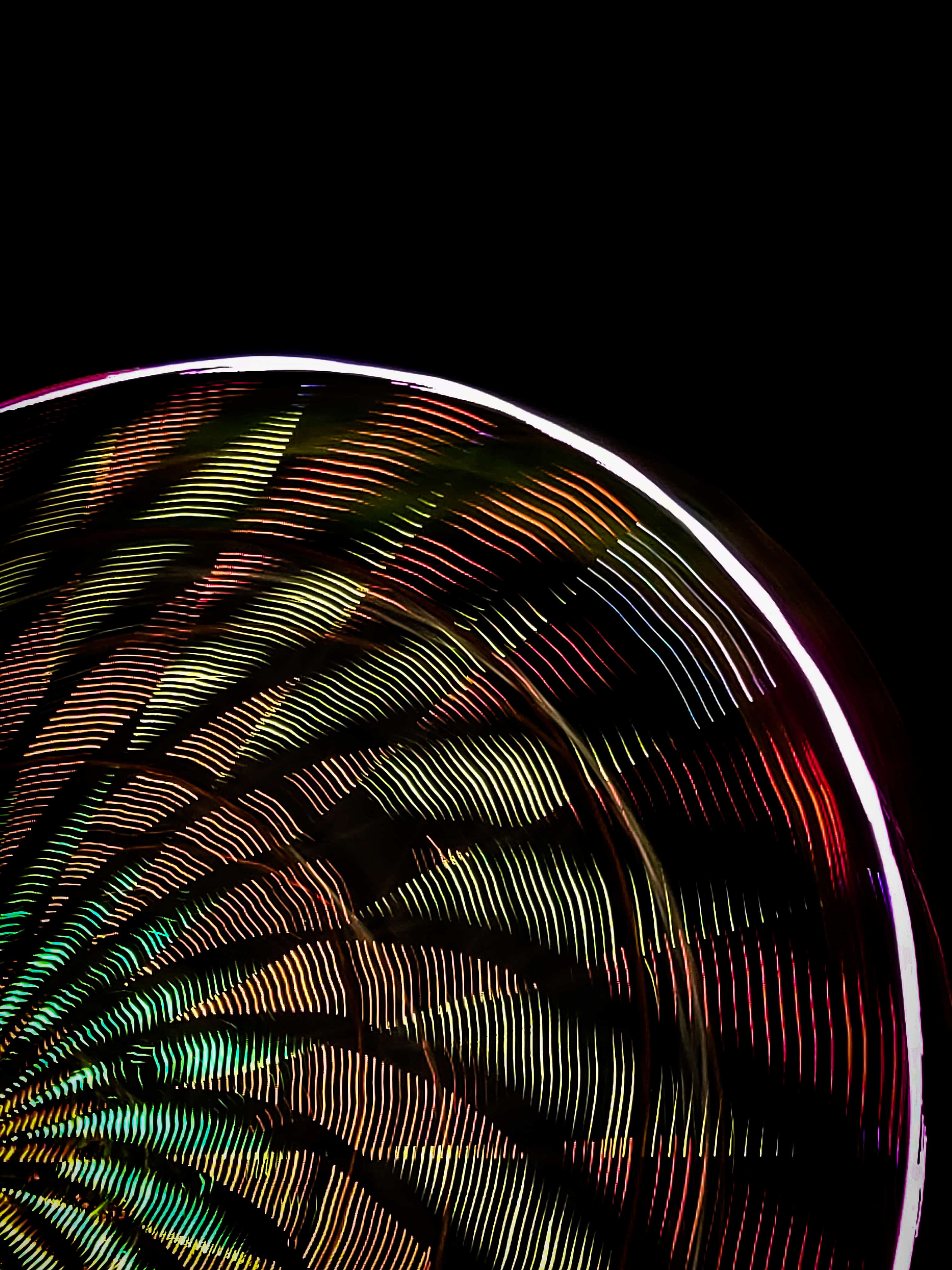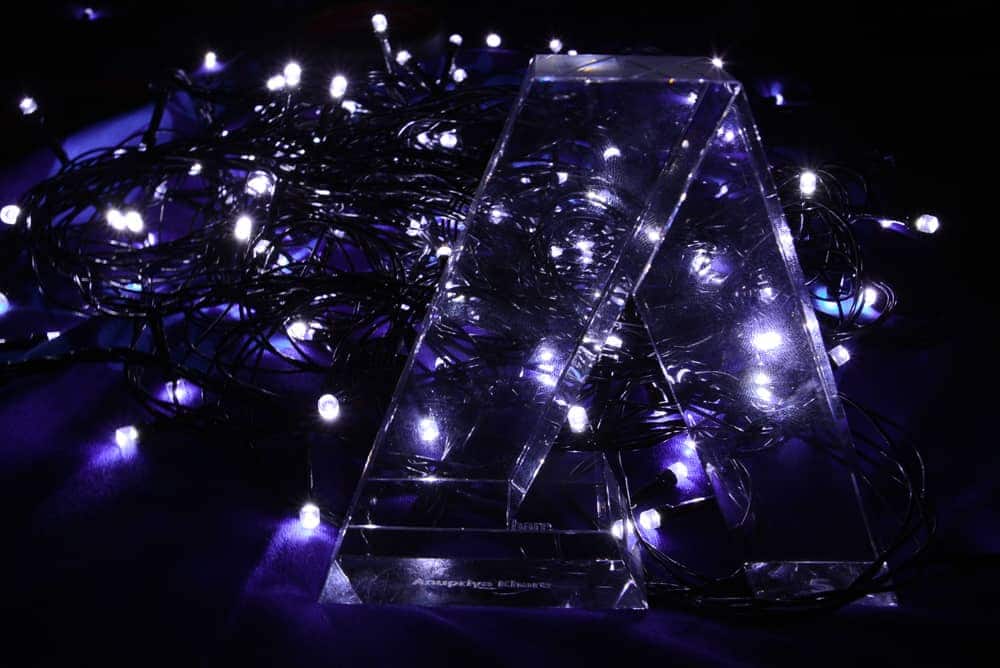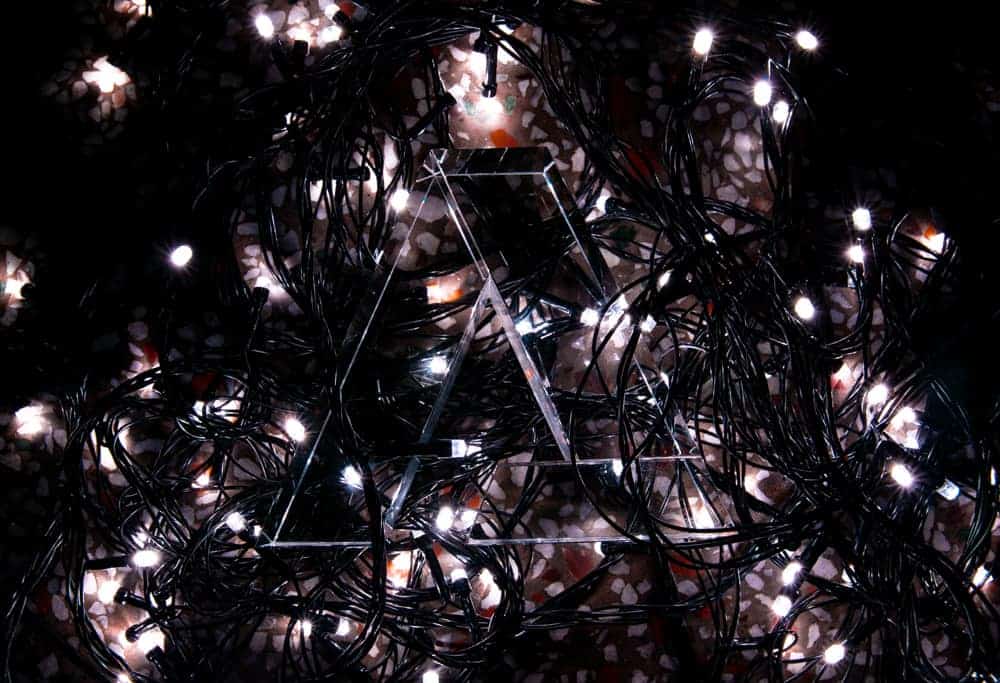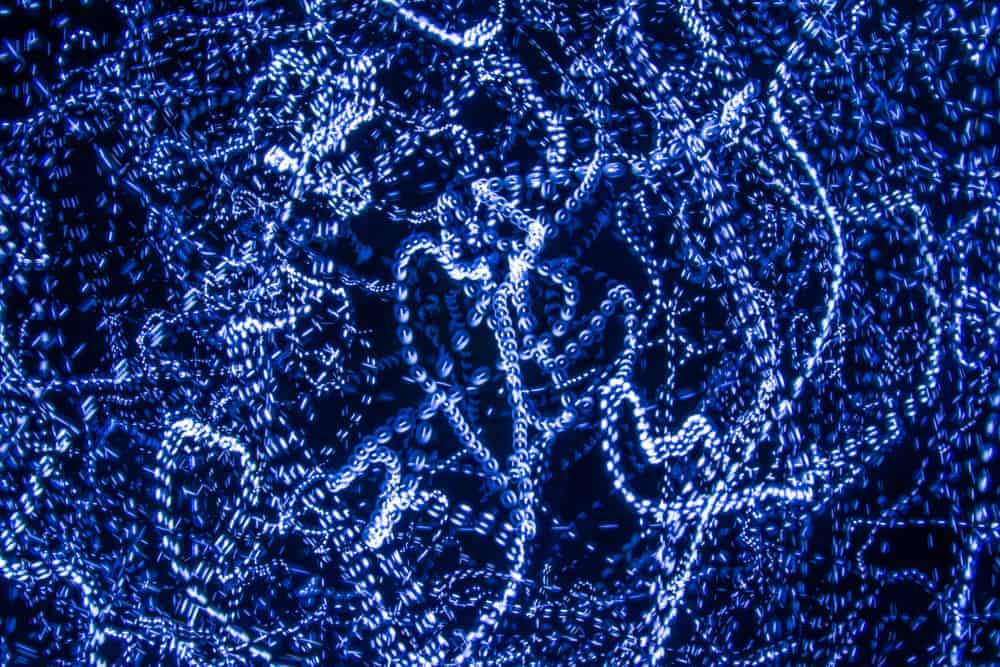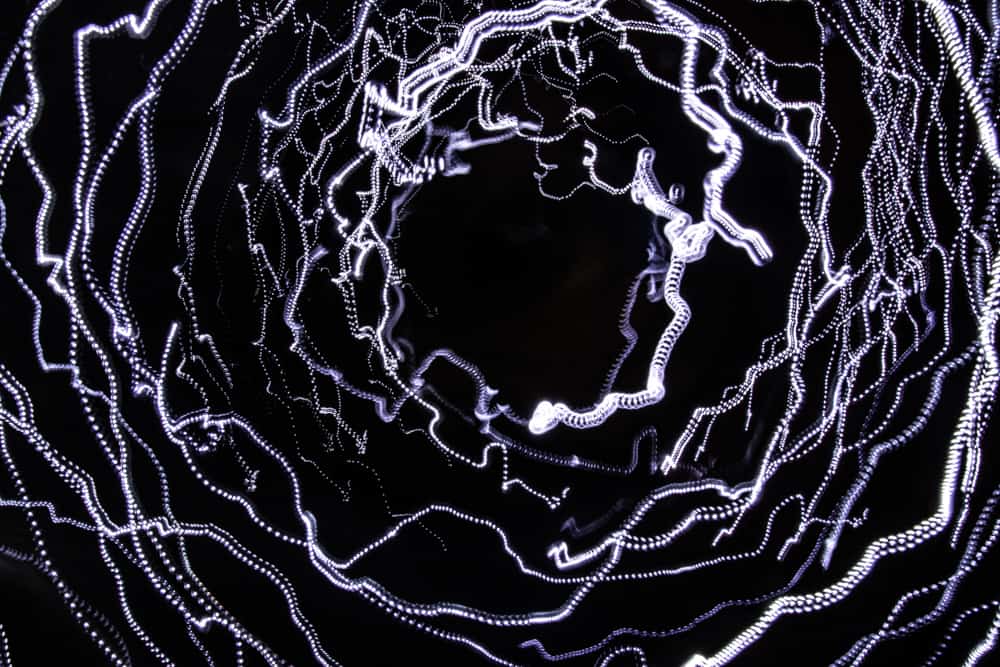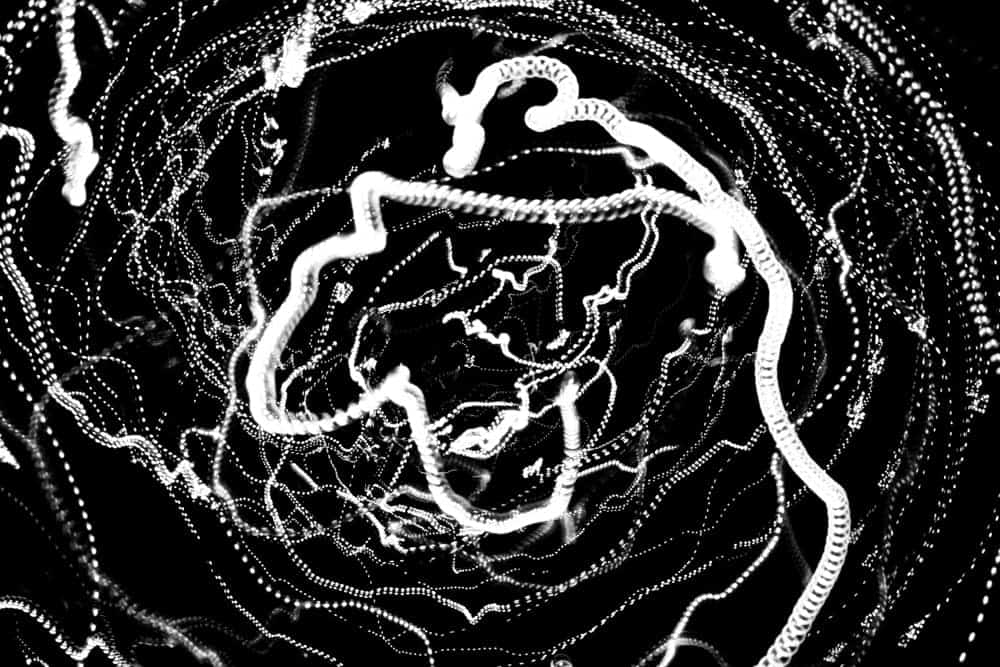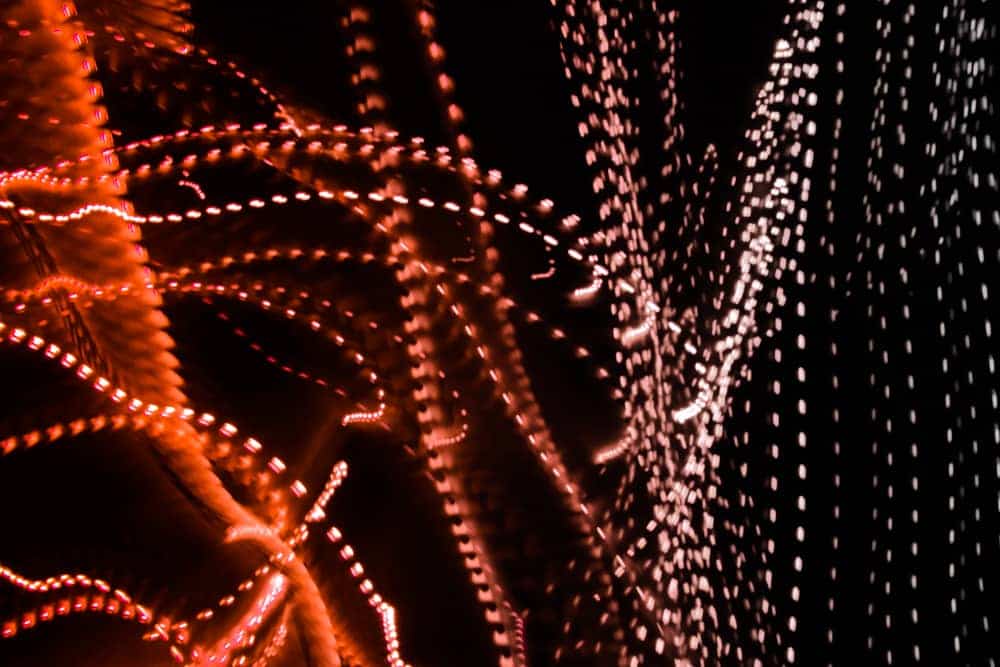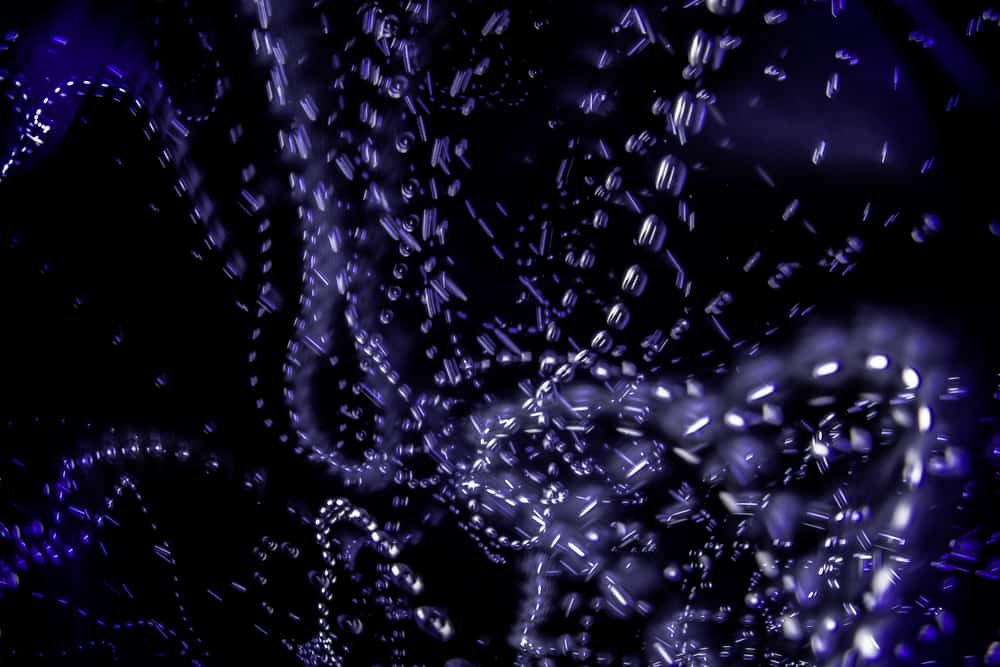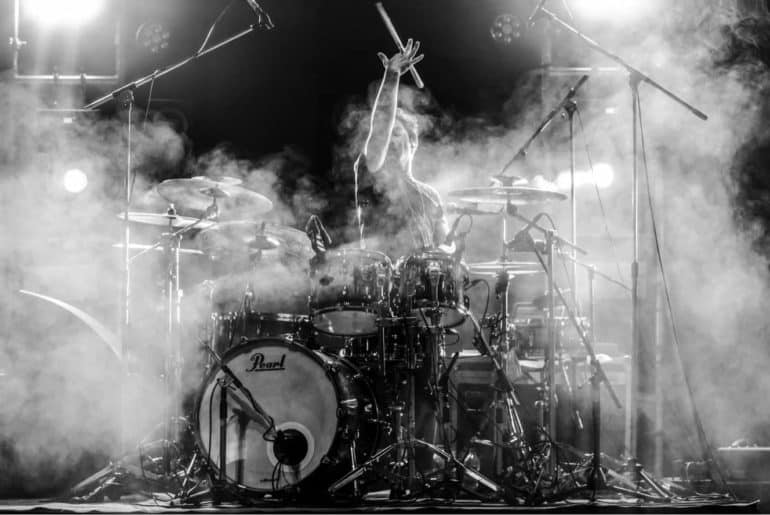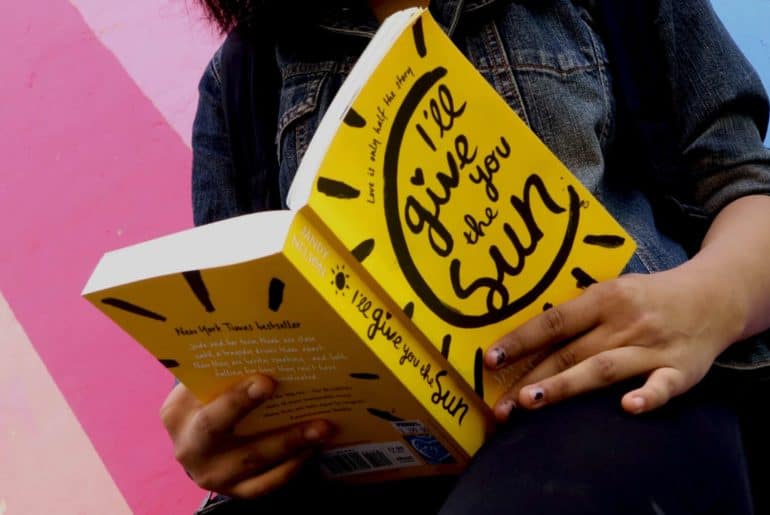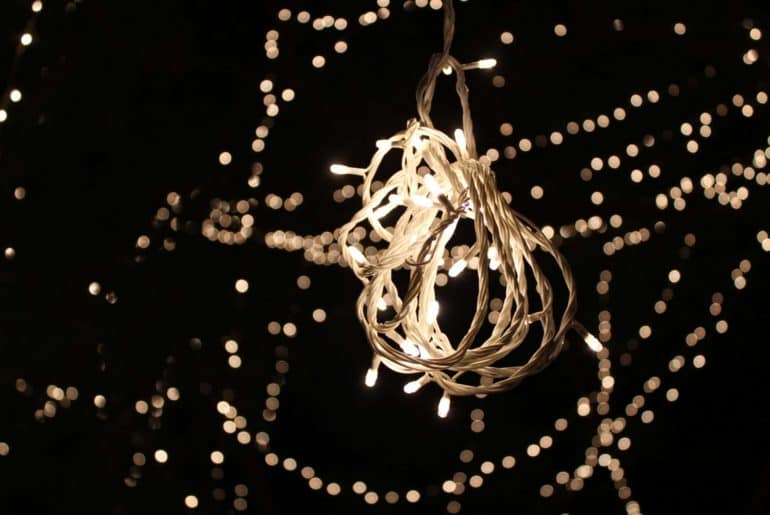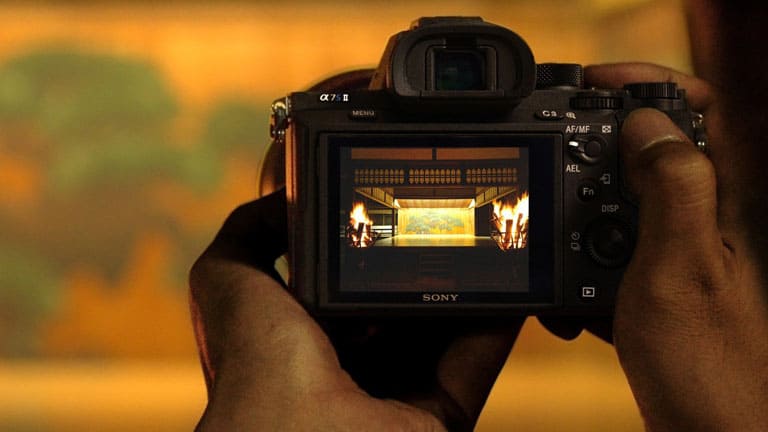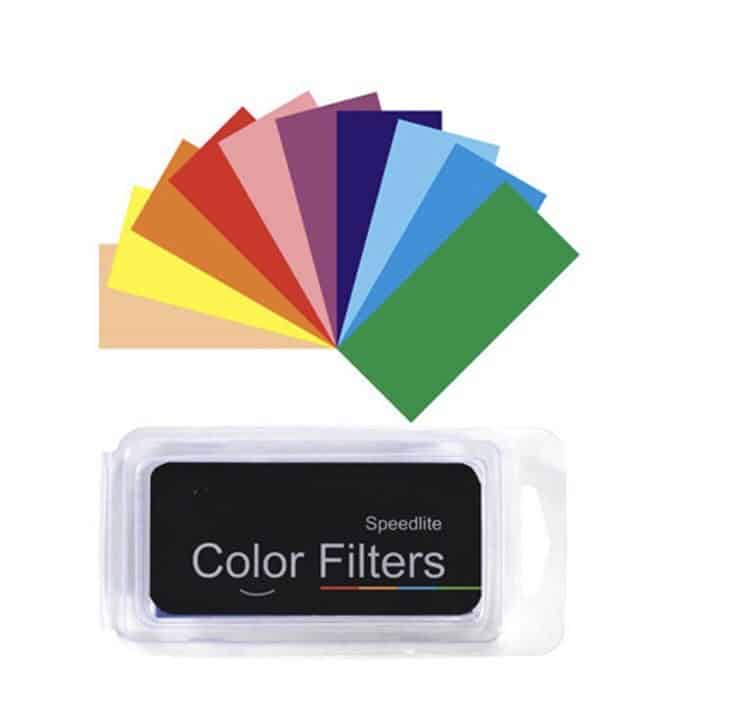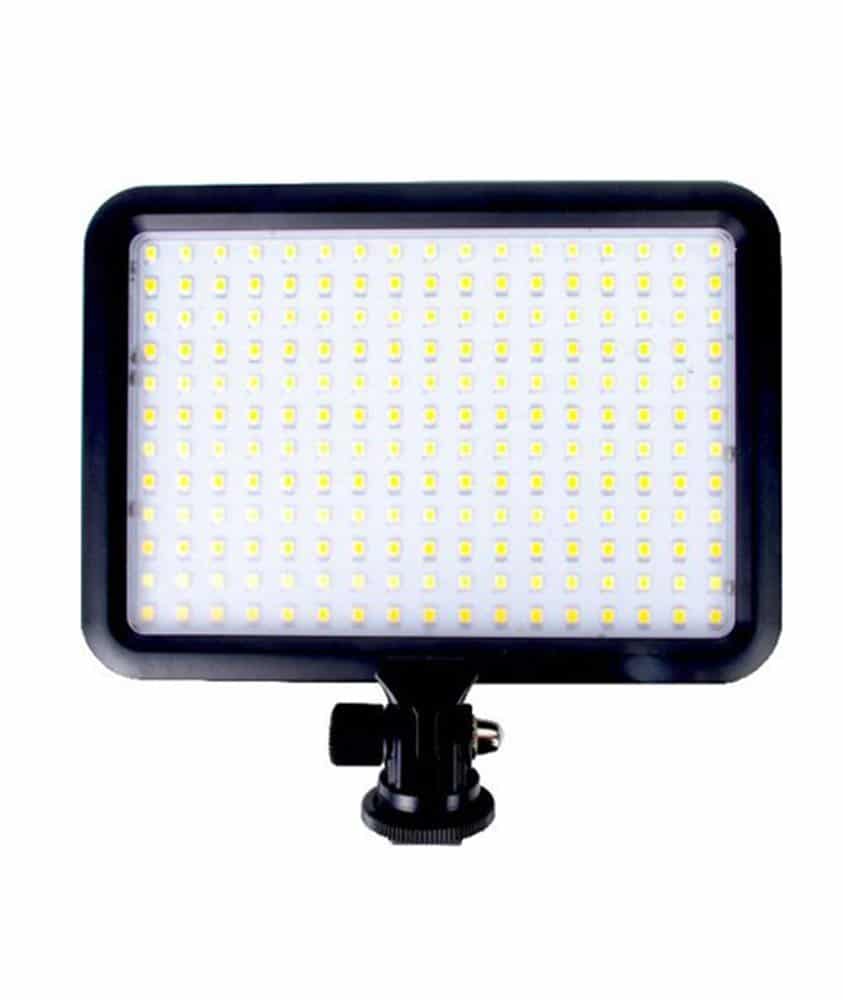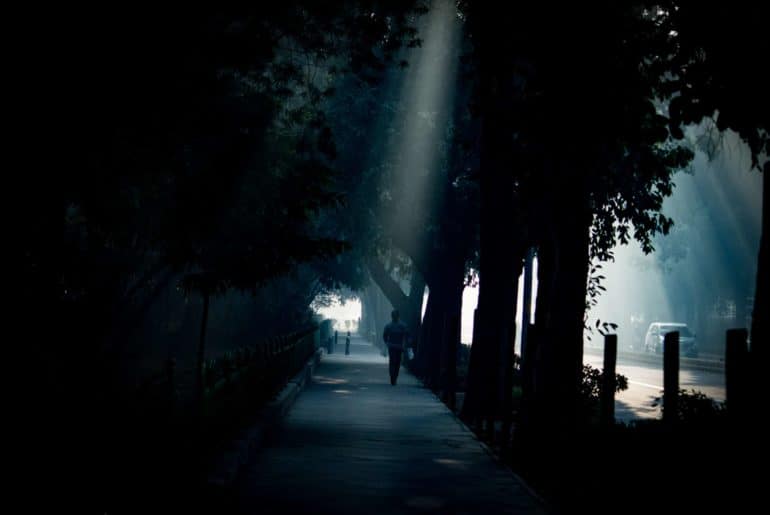College gives us space to acquire different skills. Students are extremely enthusiastic about trying their hand at new things and exploring their skills. One of the most tried-out and deceptively easy-looking hobby for students is photography. You may or may not have made it to your college’s photography society. But don’t worry, DU beat brings to you a whole bunch of ways through which you can click professionally and finally get your hands on your camera’s manual mode.
Exposure Triangle
The Exposure Triangle consists of the three basic elements of the camera: Aperture, Shutter Speed and ISO. We use these three in different combinations according to the type of photography.
Aperture
Aperture is a hole or an opening in the lens. While pressing the shutter release button of your camera, a hole opens which allows the sensor of your camera to catch a glimpse of the scene you want to capture. The Aperture that you set determines the size of that hole. The larger the size of the opening, the more amount of light gets in and vice versa.
We use f-stops to measure aperture. Aperture also helps in determining the depth of field. Depth of field determines how much your image will be focused. A smaller aperture is used to get larger depth of field. This is used in landscape photography where all the elements of the frame should be in focus. A larger aperture is used to get shallow depth of field in which a part of the frame is focused.
 This picture was clicked in large aperture to create shallow depth of field, and hence the image is brighter. (Image Credits: Surabhi Khare for DU Beat)
This picture was clicked in large aperture to create shallow depth of field, and hence the image is brighter. (Image Credits: Surabhi Khare for DU Beat)
 The same picture, when clicked in smaller aperture, results in less background blur and the image is not bright enough. (Image Credits: Surabhi Khare for DU Beat)
The same picture, when clicked in smaller aperture, results in less background blur and the image is not bright enough. (Image Credits: Surabhi Khare for DU Beat)
Shutter Speed:
Shutter speed is the length of time your camera shutter remains open, exposing light onto the camera sensor. Basically, shutter speed allows the camera to capture a frame with different speeds. High shutter speed means that the shutter will close fast resulting in shorter duration of time in which your camera shutter remains open. Less amount of light enters, so the picture is not so bright. Similarly, more amount of light enters in the case of low shutter speed as the shutter remains open for a longer time. High shutter speed is used to freeze motion while low shutter speed is used to create motion blur and light paintings.
 High shutter speed used to freeze motion of animals. (Image Credits: Saubhagya Saxena for DU Beat)
High shutter speed used to freeze motion of animals. (Image Credits: Saubhagya Saxena for DU Beat)

Low shutter speed used to create light paintings. (Image Credits: Saubhagya Saxena for DU Beat)
ISO:
ISO is the artificial light created by the camera’s sensor. Low ISO will create pictures with lower brightness and lower noise while high ISO will create pictures with higher brightness and higher noise.
 Low ISO picture with less exposure and less noise. (Image Credits: Adhitya Khanna for DU Beat)
Low ISO picture with less exposure and less noise. (Image Credits: Adhitya Khanna for DU Beat)
 High ISO picture with more exposure and more noise. (Image Credits: Surabhi Khare for DU Beat)
High ISO picture with more exposure and more noise. (Image Credits: Surabhi Khare for DU Beat)
The following infographic will help you understand aperture, shutter speed and ISO in a better way:

White Balance
Another important element of the camera is white balance. White balance is used to adjust colours in the picture so that the picture looks more natural. White balance also defines how white the whites are in the photo. There are seven white balance presets in a camera which adjust the colour according to the lighting. Some of them are:
 Daylight (Image Credits: Surabhi Khare for DU Beat)
Daylight (Image Credits: Surabhi Khare for DU Beat)
 Shade (Image Credits: Surabhi Khare for DU Beat)
Shade (Image Credits: Surabhi Khare for DU Beat)
 Cloudy (Image Credits: Surabhi Khare for DU Beat)
Cloudy (Image Credits: Surabhi Khare for DU Beat)
 Tungsten (Image Credits: Surabhi Khare for DU Beat)
Tungsten (Image Credits: Surabhi Khare for DU Beat)
 White Fluorescent Light (Image Credits: Surabhi Khare for DU Beat)
White Fluorescent Light (Image Credits: Surabhi Khare for DU Beat)
You can notice the different colour tones in each of the presets. You can also customize the white balance through bracketing.
Metering
Metering is how your camera determines what the correct shutter speed and aperture should be, depending on the amount of light that goes into the camera and the ISO.
Most of the DSLRs have an integrated light meter that automatically measures the reflected light and determines the optimal exposure.
There are three common metering modes in the cameras:
- Evaluative (Canon) or Matrix (Nikon) metering: This kind of metering takes the complete exposure in count. This is used in landscape photography where you want all the elements of the frame to be perfectly exposed.
- Centre-weighted Metering: Center-weighted Metering evaluates the light in the middle of the frame and its surroundings and ignores the corners. This is used when we want the centre of the frame to be perfectly exposed and not the entire frame.
- Spot Metering: Spot Metering only evaluates the light around your focus point and ignores everything else. It evaluates a single zone/cell and calculates exposure based on that single area, nothing else. When your subject occupies a small part of your frame, it is best to use the Spot Metering Mode.
 Source: AllEars
Source: AllEars
Click as many pictures as you can, play with your camera, participate in different competitions. As the famous photographer Henri Cartier-Bresson had said, “Your first 10,000 photographs are yourt worst.” Keep clicking!
Feature Image Credits: Saubhagya Saxena for DU Beat
Surabhi Khare
[email protected]

